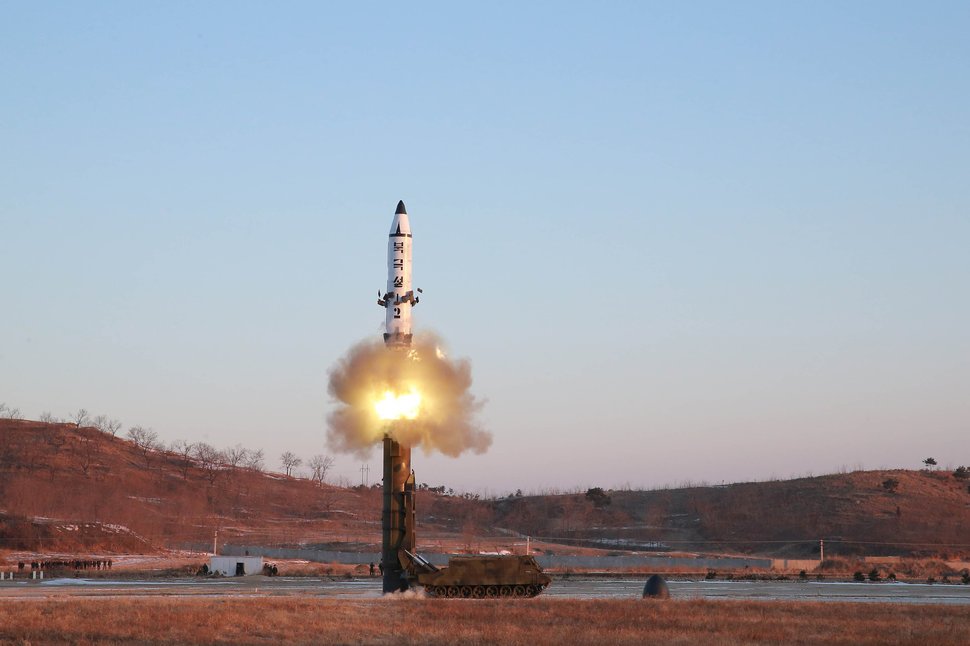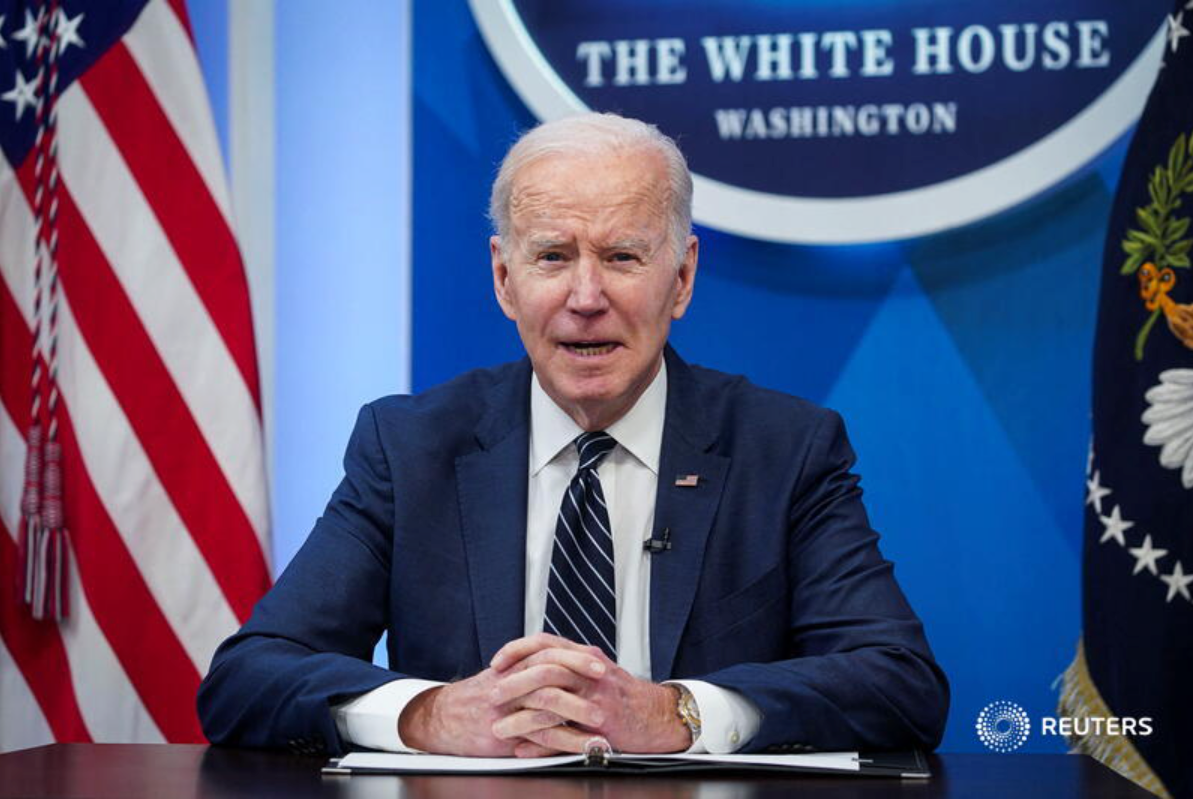North Korean state media confirmed on Wednesday that the rogue nation’s latest rocket launch was a new type of intercontinental ballistic missile capable of reaching the U.S. mainland.
The new ICBM, called the Hwasong-15, was ordered by leader Kim Jong Un and is the country’s the most powerful missile so far, according to a televised broadcast. It added that the nation’s missile program will not threaten any country as long as they do not infringe on North Korea’s sovereignty.
The statement also confirmed details about the Hwasong-15 launch, which it described as successful: The device was fired at a lofted trajectory, hit an altitude of 4,475 kilometers and flew 950 km during a 53-minute flight. These statistics were already known by the international community.
In July, Pyongyang tested an ICBM known as the Hwasong-14 that was believed to be capable of hitting a bit more than half of the continental U.S.
A pedestrian walks in front of a television screen displaying file news footage of a North Korean missile launch, in Tokyo on November 29, 2017
Kim’s administration also said that it had “realized great historic cause of completing state nuclear force,” South Korean news outlet Yonhap News reported.
Ahead of Wednesday’s statement, many experts said the latest ICBM was capable of reaching the U.S. if it had flown on a flatter trajectory.But even if the Hwasong-15 is able to enter U.S. airspace, that doesn’t mean Pyongyang is capable of striking the world’s largest economy with a nuclear weapon.
“We don’t know what payload it carries so it’s not clear it can carry a nuclear warhead to that range,” David Wright, co-director of the global security program at the Union of Concerned Scientists, a non-profit advocacy group, told CNBC.
“The real question is: how small North Korea has made a nuclear warhead and whether it can carry a warhead like that on the missiles it makes.”








